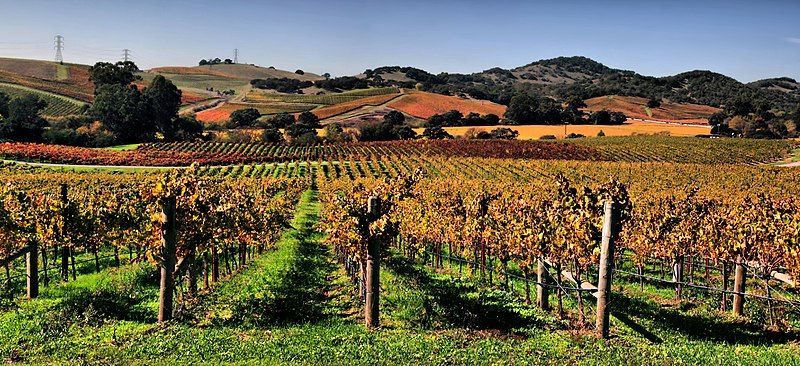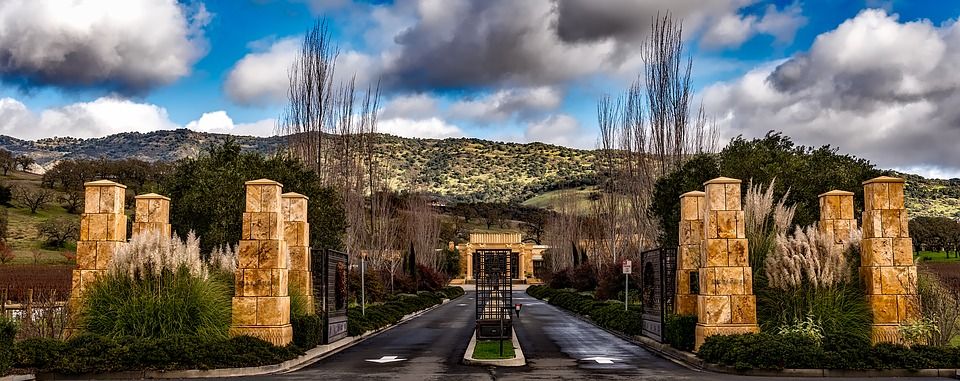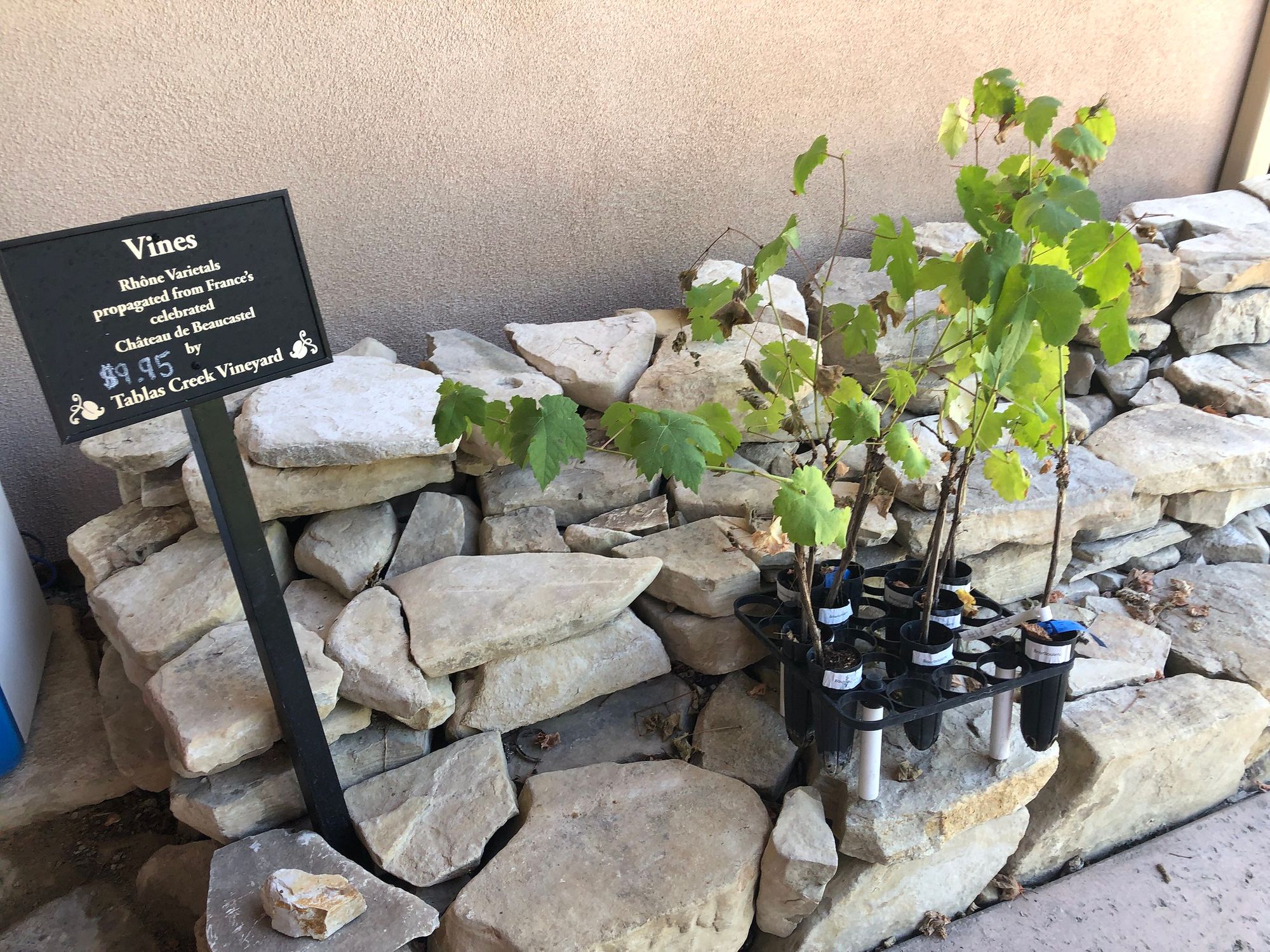In the Fight Against Climate Change, Napa Valley Winemakers Go All In
Napa Valley’s vintners are doing their bit to contribute towards an eco-friendly environment while staying afloat in a climate-change economy.

Around the world, climate change is melting ice caps and causing warmer temperatures. In the U.S, however, it is manifesting in various ways that aren’t readily obvious to the average person—one of them being the negative transformation of the Napa Valley in California.
The first commercial winery in the county opened in 1859. Since then it has grown to become one of the biggest wine regions in the world. There are over 1,000 wine producers in the area today.
Alongside Sonoma, Napa Valley plays a huge role in California’s $60bn wine industry. The state accounts for 90% of U.S wine exports. The region has also become a tourist attraction, as visitors troop in to have a taste of the excellent wines, while taking in the sights and sounds of the valley.
With the climate-change-induced warmer temperatures, however, winemakers are battling premature ripening and its knock-on effect on grape quality. If Napa Valley becomes unsuitable for premium wine production, the county’s economy will take a huge hit as tourism will also be affected.
By the end of the century, there is the possibility that the U.S will lose as much as 81% of its premium wine growing areas if high emissions continue. This is because of the potential increase in the number of extremely hot summer days—greater than 35° C.
Climate change is already having an impact on the industry today. However, winemakers are working hard to fight it.
How Climate Change Impacts Wine

Climate change is affecting wine production in a number of ways. According to this report, some of them include the following:
- Alterations in the aridity index.
- A rise in the number of growing degree-days.
- Higher temperatures during the growing season.
- A rise in the mean temperature during the fruit maturation stage.
- A rise in the mean temperature for both the warmest and coldest months of the growing season.
- A rise in the duration of the growing season
- An increase in precipitation from July to October.
However, this is not all.
The rising threat of wildfires is a problem as research has shown that smoke can taint the taste of wines.
Also, climate change now means that regions that couldn’t grow their own wines in the past can now do so today. This has opened up new wine frontiers in countries like the United Kingdom, England, Belgium, Norway, Sweden, and Germany. Winegrowers are also moving further south into Argentina and Chile, and vineyards are being planted in altitudes that were deemed too high in the past, sometimes up to 40,000 feet.
Additionally, some regions are now considering grapes that are different from the variants they were known for over the years.
How Climate Change Is Affecting Napa Valley

Napa Valley is one of the places where farmers can’t ignore the impact of climate change. The average annual temperature in the region has increased by 1.3°C since the last 1800s—a figure that is slightly higher than the US average. This is a problem because the region’s popular cabernet sauvignon is highly sensitive to weather changes.
With the temperature predictions for the rest of the century, it is no surprise that popular producers are already exploring the possibility of life without cabernet sauvignon. One of the popular names, Larkmead, is already experimenting with grape variants like the tempranillo, zinfandel, petite sirah, charbono, and more.
How Napa Valley Winemakers Are Responding to Climate Change
As we’ve seen briefly above already, Napa Valley winemakers are not taking any chances with mitigating the impacts of climate change. Here are some of the things they are doing today.
Napa vintners Climate Study Task Force
Spurred on by some of the more generalized reports about climate change in California, vintners in Napa Valley came together to execute a study specifically designed to study climate change in Napa Valley. The study was conducted by scientists from the Scripps Institution of Oceanography, led by Dr. Dan Cayan.
The task force collated data from more than 12,000 points in Napa Valley, including weather stations. The result, which was released in February 2011, showed that Napa Valley has indeed warmed up in the last few decades, but not exactly at the pace reported for the rest of California. It showed that the region now witnesses warmer overnight temperatures between January and August. With such reports, vintners in the region can better plan for the climate-change environment.
Composting Vine Cuttings

In the past, growers in the Napa Valley used to burn vine cuttings, adding to the region's carbon emissions. Today, however, the vintners' association in the region is encouraging more of its members to compost vine cuttings instead, helping to reduce air pollution.
Research analyzing the benefits of composting dairy and the wastes from the grape industry has also offered some evidence-based backing to the Napa Valley’s use of composting as the preferred method of disposal instead of burning.
Following Jackson Family Wines’ Lead
In Napa Valley, many of the vintners tend to follow the lead of Jackson Family Wines, a big multinational headquartered in Sonoma, but holding a strong presence in Napa with their Freemark Abbey and Cardinale wineries. The company has made climate change response an important feature of its operations, and other businesses are taking note.
The company has been collating data on its greenhouse emissions since 2008, and it has been able to meet its target of cutting emissions down 25% by 2020 through its range of carefully targeted actions. The actions focus on cutting emissions by making the agricultural and winemaking practices eco-friendly, monitoring electricity consumption in the area, as well as monitoring indirect emissions through its distributors and other third-party service providers.
If more companies copy the Jackson Family approach as expected, Napa Valley can significantly cut its carbon emissions over the next few years.
Experimenting with Different Grapes
As we’ve seen above businesses such as Larkmead are already experimenting with different types of grape so that they can be prepared if climate change makes the region too hot over the next 30 years, making it near impossible to grow cabernet sauvignon in the region.
The Calistoga business is, however, not alone in that line of thinking. Other smaller brands are beginning to weigh their options. If the experiments yield positive results, the Napa Valley industry will be less prone to the impacts of a hotter Napa region.
Napa Valley Grapegrowers’ (NVG) Global Collaboration
In 2019, the Napa Valley Grapegrowers association (NVG) took to the road to collaborate with their counterparts from around the world on how to mitigate climate realities and ensure that their businesses are more eco-friendly. The conference was held in Portugal.
The droughts, earthquakes, floods, and wildfires pushed the association and others like it, towards finding more solutions to ensure vineyards are more in tune with the new reality while taking actions to reduce emissions and avoid making the future more challenging than it already is.
A key outcome of the conference was the Porto Protocol which was created to encourage members to further limit their impact on the environment, regardless of what they are doing already.
Napa Valley Grapegrowers’ educational programs to Napa County growers
The Napa Valley Grapegrowers association is also providing educational programs for growers in the region to help them get more eco-friendly. On its climate resilience page, the company teaches farmers some best practices and also offers general knowledge that will help their businesses remain climate-conscious while adapting to the new environmental realities.
Napa Green Certification
Following the rising need for eco-friendliness in the wine industry, the Napa Green Winery Certification was launched in 2008, to verifiably quantify the sustainability of businesses in the region. Stakeholders from the wine industry, government agencies, and environmental groups came together to develop the program. Some of the sustainability factors checked in offering the certification include water and energy use, waste diversion, and resource conservation.
More than 55 vintners in the region have the Napa Green Winery Certification. It is not a one-time process as the businesses have to be recertified every three years.
Conclusion
Napa Valley is a clear example of a place where climate change is already affecting businesses and people, and there is every indication that it will continue to do so. The region's vintners are doing their bit to contribute towards an eco-friendly environment while staying afloat in a climate-change economy.
Actions such as using composting to dispose of waste will ensure the region is taking action, in line with the rest of the world, to cut down emissions. As global climate initiatives push for more action across industries, Napa Valley could be a shining example in the coming years.
Augurisk is a risk assessment platform for Climate change, Natural Hazards and Societal Risks. We help people and businesses assess climate risks associated with their properties, so they can better prepare for the future.
